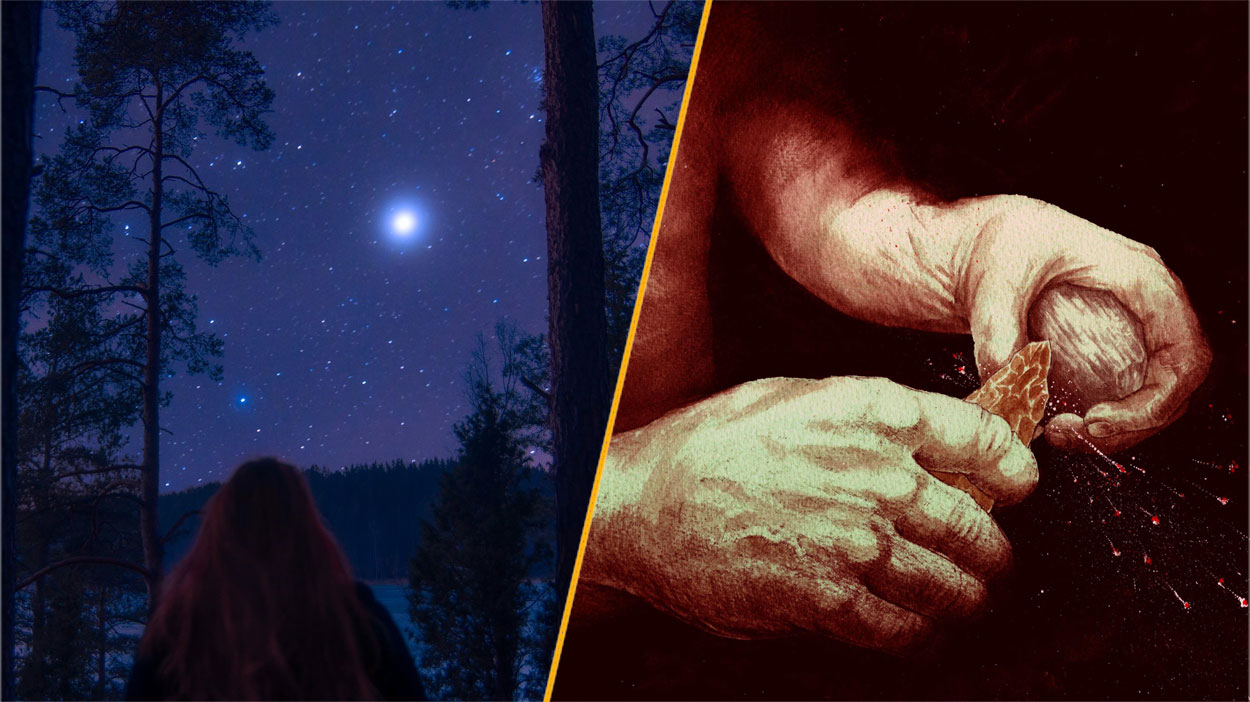Oregon's Mysterious 'Disappearing Lake' Explained

During the rainy fall and winter, most Oregonians probably don't give much thought to Lost Lake, a shallow lake surrounded by pine trees that sits near a highway.
But drivers might do a double take during the summer. During the dry months, the 85-acre (0.34 square kilometers) lake vanishes and turns into meadow.
The reason? Two hollow lava tubes at the bottom of the lake are constantly draining the lake dry, much like a bathtub left unplugged. [Images: One-of-a-Kind Places on Earth]
"The lakebed begins to fill in the late fall, when the amount of rain coming in starts exceeding the ability of the lava tubes to drain off the water," said Jude McHugh, a spokeswoman for the Willamette National Forest in Oregon. "And it continues to fill all winter long in a series of rain or snowstorms."
As the rainy season peters out, the 9-foot-deep (2.7 meters) lake loses its water source, and water disappears down the lava tubes until it's gone, McHugh said. The lake's watery boom-and-bust cycle repeats itself every year, she added.
Lava tubes aren't uncommon in Oregon. The state is home to the towering Cascades, a range of mountains and active volcanoes that extends from southern British Columbia to Northern California.
When lava streams flow down a volcano the outside crust cools as it makes contact with air. Hot lava continues to flow under the hardened crust, "kind of like a subway tunnel," McHugh said.
Get the world’s most fascinating discoveries delivered straight to your inbox.
After the hot lava drains away, a hollow tube remains. Some lava tubes become a unique ecosystem for animals and others attract tourists. Lava Beds National Monument in Northern California has "all kinds of lava tubes," McHugh said. "Little guys literally a foot [0.30 m] across, and ones you can walk in that are just massive."
But Lost Lake, located about 130 miles (209 km) southeast of Portland, sports just two small lava tubes. The lake likely formed about 3,000 years ago, when lava flowing from a volcanic vent blocked a river channel and created the lake, McHugh said.
"Several small streams feed into the lake intermittently, but the lava tube drain holes are the only known outlets," McHugh said.
It's not entirely clear where the drained lake water goes, but researchers have an idea. It likely falls down the lava tubes and seeps through layers of cracked volcanic rock as groundwater, McHugh said.
Lost Lake sits on volcanic rock that formed about 12,000 years ago, she said. When this "young" rock formed, it was filled with gas bubbles that left behind pores as they escaped into the atmosphere. The lava also cracked and fissured as it flowed over the terrain, she said.
It takes roughly seven to 10 years for water to filter down through all those cracks and pores, McHugh said.
"Here in western Oregon, it pops out at the valley floor and supplies drinking water and important habitat for humans, fish and all kinds of species," she said. "That water that fell today, there's some kid that's going to be born tomorrow that's going to be drinking it when he's 10."
However, people aren't always respectful of lava tubes. At Lost Lake, some people have tried to plug the drainage holes and have also thrown trash into the lake over the years, McHugh said.
"We do not want to interfere with natural processes, and we very much discourage that," McHugh said. What's more, even if a plug did work, the lake would likely overflow and flood the nearby highway, she said.
Follow Laura Geggel on Twitter @LauraGeggel. Follow Live Science @livescience, Facebook & Google+. Original article on Live Science.

Laura is the managing editor at Live Science. She also runs the archaeology section and the Life's Little Mysteries series. Her work has appeared in The New York Times, Scholastic, Popular Science and Spectrum, a site on autism research. She has won multiple awards from the Society of Professional Journalists and the Washington Newspaper Publishers Association for her reporting at a weekly newspaper near Seattle. Laura holds a bachelor's degree in English literature and psychology from Washington University in St. Louis and a master's degree in science writing from NYU.


